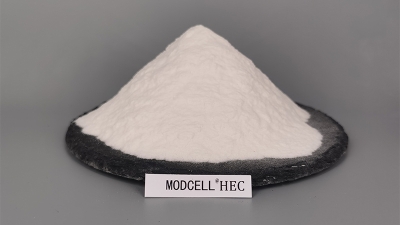Understanding Hpmc Use in Modern Manufacturing Processes
Table of Contents
- The Role of HPMC in Enhancing Product Quality in Manufacturing Processes
- Industry Insights: HPMC Growth Trends and Market Demand Analysis
- Practical Tips for Optimizing HPMC Use in Different Manufacturing Applications
- Comparative Study: HPMC vs. Traditional Binders in Modern Manufacturing
- HPMC's Impact on Sustainability in Manufacturing: Data and Strategies
- Future Trends: Innovations in HPMC Applications for Smart Manufacturing
- The Essential Role of Hydroxyethyl Cellulose (HEC) in Modern Paint Formulations
- FAQS
- Conclusion
- Related Posts
In today's fast-changing world of manufacturing, using different chemical additives has become pretty much a necessity if you want your construction materials to perform well and turn out top-notch. One additive that's been catching a lot of attention lately is Hydroxypropyl Methylcellulose, or HPMC for short. It’s really versatile and works quite effectively in modern production processes.
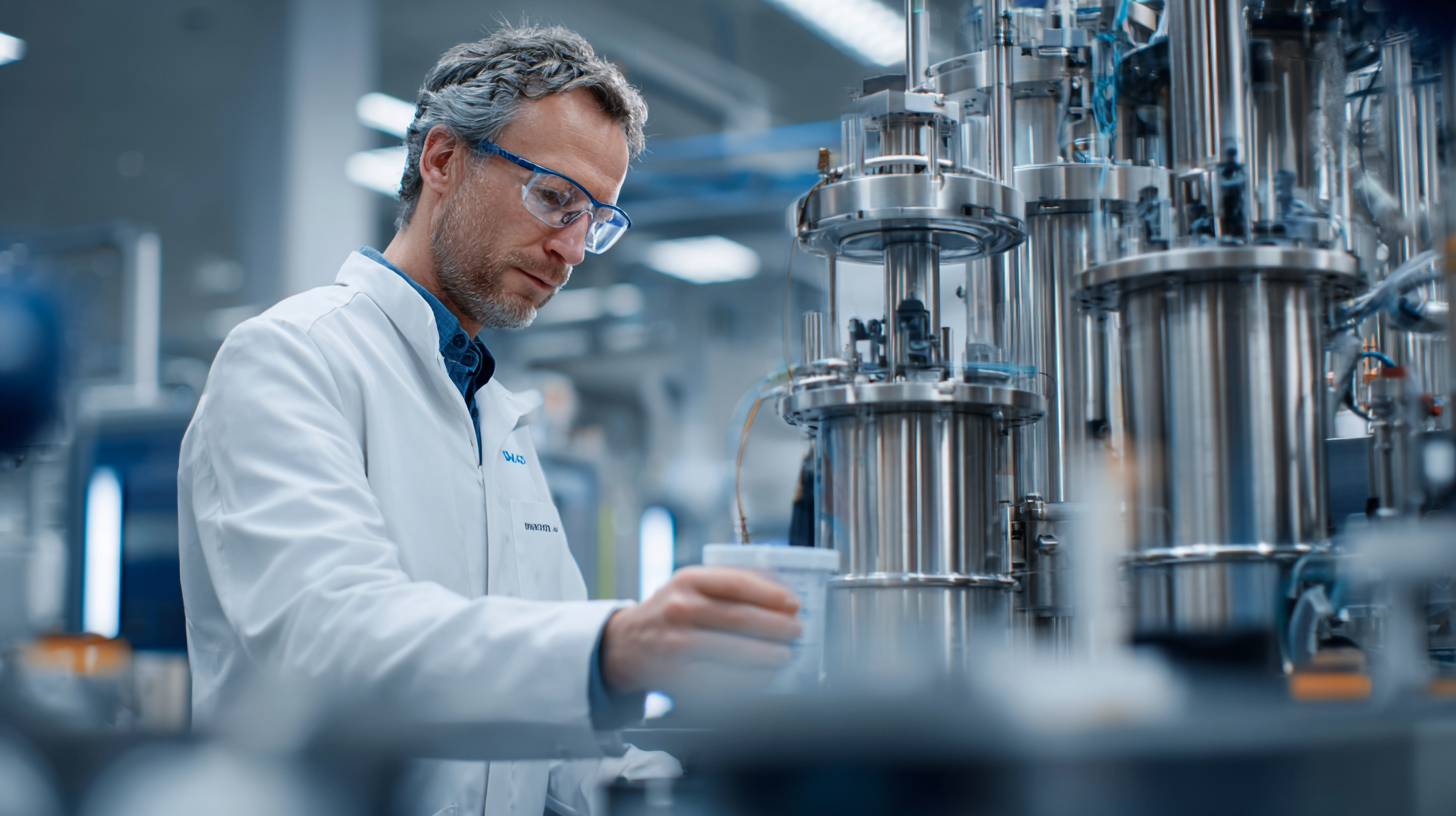
Longou International Business (Shanghai) Co., Ltd., a trusted name in the field of construction chemicals and application solutions, knows firsthand how important HPMC is for improving things like workability, adhesion, and water retention in their products. As we take a closer look at how HPMC plays a role in today’s building practices, we’ll talk about its benefits, where it’s used, and some tips for using it the right way. Our goal is to offer helpful insights for customers all around the world who are on the lookout for innovative solutions for their projects.
The Role of HPMC in Enhancing Product Quality in Manufacturing Processes
Hydroxypropyl methylcellulose, or HPMC for short, really plays a key part in today’s manufacturing world. It’s a pretty versatile cellulose ether that's loved for its ability to form films, thicken mixtures, and act as a binder—pretty handy, right? In pharmaceuticals, for example, HPMC helps ensure that active ingredients in tablets are spread out evenly. Plus, it keeps everything stable and intact over time, so products remain effective and safe for consumers. Nobody wants a medicine that falls apart or loses potency before you even finish it.
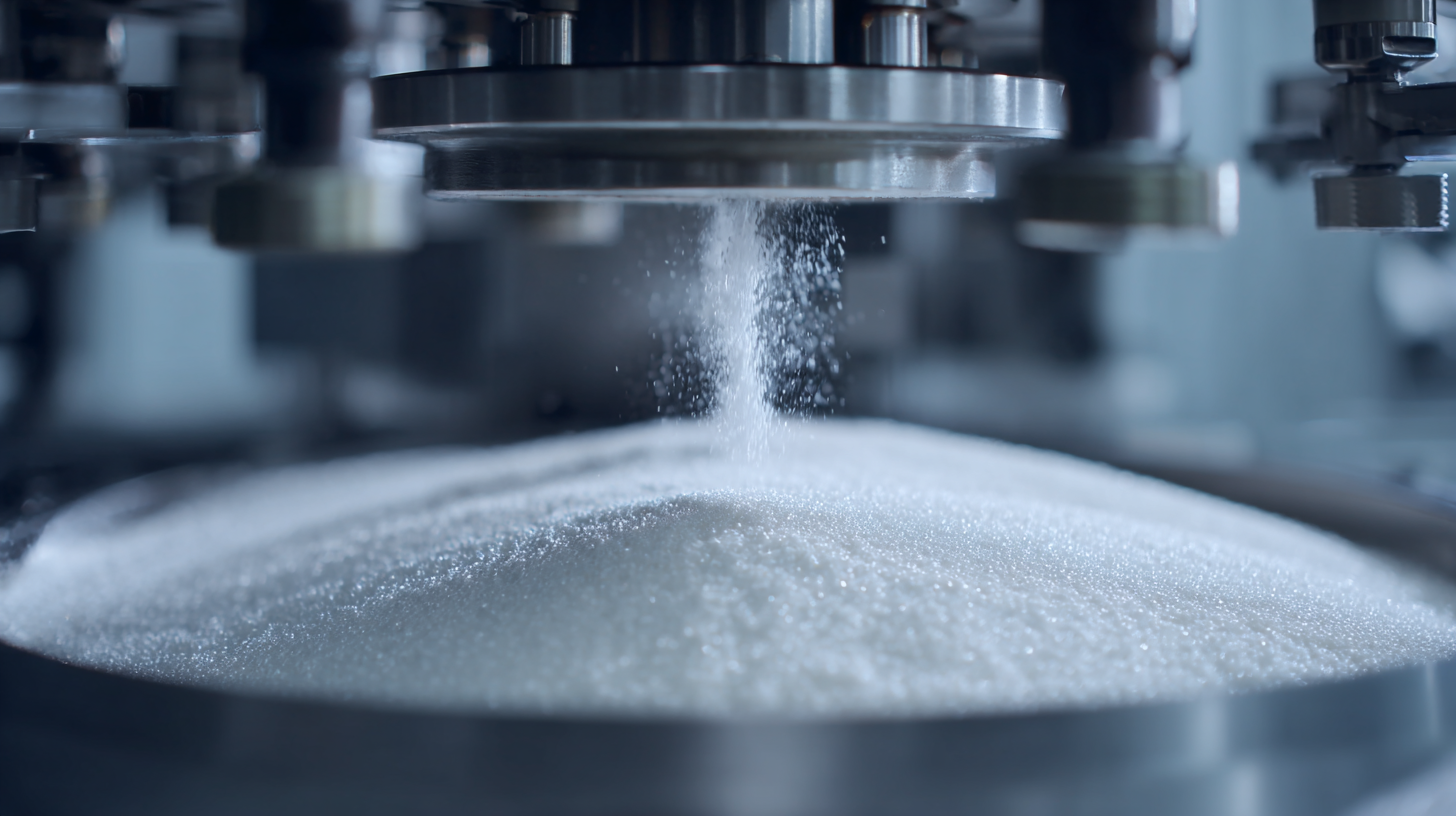
When it comes to food, HPMC’s pretty amazing for improving texture and keeping moisture locked in, which really helps with how the final product feels in your mouth. Its gelling and emulsifying powers come in handy for making stable sauces, dressings, and dairy treats—stuff that looks and tastes great. And in construction, HPMC’s water-retention qualities help cement and mortar be easier to work with. It boosts adhesion and cuts down on cracking, making everything last longer and stay sturdy. Overall, HPMC might be a behind-the-scenes hero, but it's definitely essential for pushing product quality up a notch and meeting those strict modern standards.
Industry Insights: HPMC Growth Trends and Market Demand Analysis
Hydroxypropyl methylcellulose, or HPMC for short, has really become a key player in today's manufacturing world. You know, thanks to its flexibility and effectiveness across a bunch of different industries. If you take a closer look at what's driving its growth, you'll see industries like pharma, food, and construction are totally into it these days. The buzz around HPMC comes from its cool features—like how well it forms films, thickens, and stabilizes. Those qualities are pretty much what make products better and more reliable.
So, if you're thinking about using HPMC in your own processes, here’s a tip: make sure you really understand what your project needs. Picking the right grade of HPMC based on that can make a big difference in how well everything works.
The market’s really heating up right now—mainly because the industries that use HPMC are growing, and there's lots of new tech coming into play. Companies are pouring resources into R&D, trying to fine-tune formulations and unlock new possibilities for their products. It’s pretty exciting because it also points us towards more sustainable, efficient ways to produce stuff.
And here's another tip: keep an eye on industry news and market trends. Staying in the loop can help you spot new opportunities and prepare for shifts in demand before they happen. Being proactive like that can give your product development a real boost and help you stay ahead of the game.
Understanding HPMC Use in Modern Manufacturing Processes
Practical Tips for Optimizing HPMC Use in Different Manufacturing Applications
You know, Hydroxypropyl methylcellulose (HPMC) has really become a jack-of-all-trades in modern manufacturing. It’s everywhere—think construction, medicines, even food products. But to really get the most out of HPMC, manufacturers need to pay close attention to how they mix and process it, making sure they tailor things for their specific needs. For example, a 2022 market report by Grand View Research mentioned that by 2028, the demand for HPMC could hit around $3.5 billion. That’s a pretty big deal, mainly because it works great as a binder, thickener, and film-former. All this just shows how important HPMC is across so many industries.
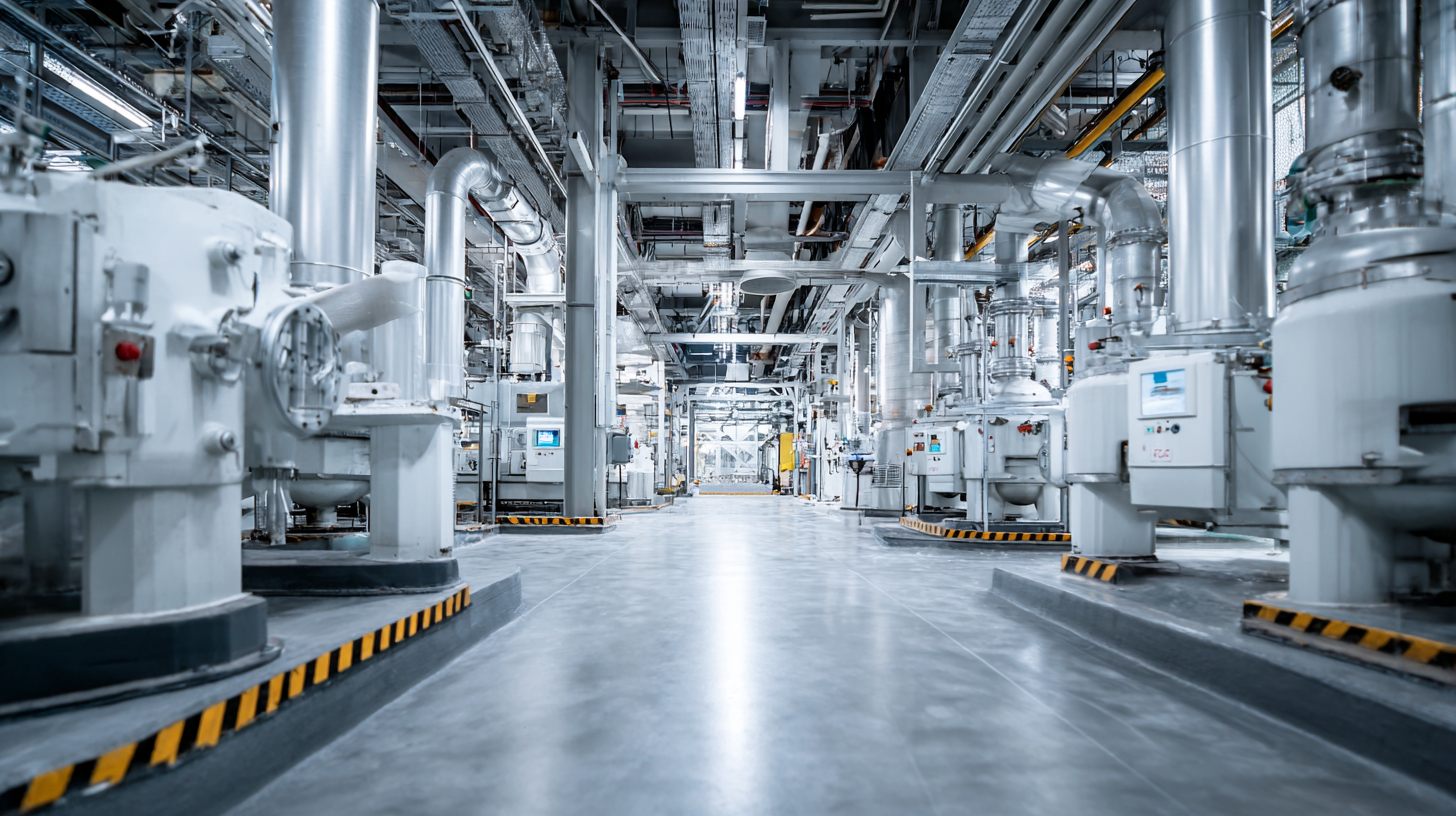
If you’re looking for some practical tips, adjusting the viscosity of HPMC can make a huge difference in how your formulas turn out. There was a study in the International Journal of Pharmaceutics that actually found that changing the viscosity can improve drug delivery — basically helping active ingredients release better. Also, don’t forget about hydration techniques. Pre-mixing HPMC with other dry ingredients before adding your solvents can really help it spread evenly and work better. Those little tricks can make a big difference, helping manufacturers boost their efficiency and end up with a better product, which is super important in such a competitive game.
Comparative Study: HPMC vs. Traditional Binders in Modern Manufacturing
So, hydroxypropyl methylcellulose, or HPMC for short, has really become a game-changer in today’s manufacturing world, especially in pharma and food sectors. When you compare it to older binders like gelatin or starch, HPMC just kind of stands out — it’s more versatile and performs way better. You see, the traditional binders often have problems like not dissolving properly or giving inconsistent thickness, which can mess up the final product. But HPMC? It offers a broad range of solubility and can form great films, making it a go-to choice for folks who want reliable results.
And there’s more to it than just how well it dissolves. HPMC is non-toxic and plays nicely with a bunch of active ingredients for medicines, so formulators can make safer products that still work effectively. Plus, it’s excellent at controlling moisture, which is super important for keeping products stable during storage. Overall, these benefits make HPMC a favorite in modern manufacturing, helping push forward new, innovative formulations and streamlining production in various industries.
Understanding Hpmc Use in Modern Manufacturing Processes - Comparative Study: HPMC vs. Traditional Binders in Modern Manufacturing
| Parameter | HPMC | Traditional Binders |
|---|---|---|
| Moisture Retention | High | Moderate |
| Viscosity Level | Adjustable | Fixed |
| Dissolution Rate | Fast | Slow |
| Cost-effectiveness | High | Variable |
| Environmental Impact | Low | Moderate |
| Application Versatility | High | Limited |
HPMC's Impact on Sustainability in Manufacturing: Data and Strategies
Hey, have you heard about HPMC and how it's making waves in modern manufacturing? It's short for Hydroxypropyl Methylcellulose, but honestly, most people just call it HPMC. Anyway, more and more industries are starting to see just how useful it is, especially when it comes to making things a bit greener and more sustainable. For example, in the production of dry powder inhalers—those little devices people with lung issues rely on—HPMC seems to really boost performance. Recent studies show that these inhaler capsules are working better, which is pretty cool. Plus, focusing on quality and innovative manufacturing isn’t just about the end product—it's also about using resources smarter and wasting less, which is great for the environment.
Looking at the market, especially in Europe, things are really picking up. Experts predict the HPMC market will grow from about USD 125.56 million in 2024 to over USD 222 million by 2033. That’s a big jump! It shows how demand for eco-friendly materials is on the rise across different sectors. Companies are now leveraging HPMC's properties to cut down on waste and extend product life, which fits right into sustainable manufacturing goals. When they bring HPMC into the mix, they don’t just tick the boxes for regulations—they also catch the eye of customers who care about the planet. So yeah, it’s kind of a win-win for everyone—businesses stay ahead, and the planet gets a little relief too.
Future Trends: Innovations in HPMC Applications for Smart Manufacturing
Thanks to the rise of smart manufacturing, the way Hydroxypropyl Methylcellulose (HPMC) is being used is changing a lot — especially when it comes to useful materials. It’s really making a splash in biomedical fields too. For instance, HPMC is now a key ingredient in hydrogels that are used for tissue engineering and advanced drug delivery. These hydrogels aren’t just supportive for cell growth; they also boost treatment effectiveness by releasing drugs in smarter ways. Plus, researchers are tweaking HPMC formulas to create even better materials that react dynamically to environmental changes — pretty exciting stuff!
On top of that, the food industry’s big on smart packaging these days. It’s changing the game when it comes to keeping food fresh and safe. HPMC-based materials are being woven into these new packaging ideas — think indicators and sensors that keep tabs on food conditions in real time. This means we can ensure our food is safe, cut down on waste, and meet growing demands for both quality and sustainability. As tech in manufacturing keeps getting smarter, the potential for HPMC is pretty huge, opening doors across different sectors and really pushing forward health and eco-friendly goals.
The Essential Role of Hydroxyethyl Cellulose (HEC) in Modern Paint Formulations
In the realm of modern paint formulations, Hydroxyethyl Cellulose (HEC) plays an essential role as a versatile and highly effective rheology modifier. This non-ionic, water-soluble polymer powder demonstrates remarkable thickening attributes, making it the go-to choice for achieving optimal viscosity levels in latex paints. As a key component, HEC not only enhances the flow and application characteristics but also contributes to the overall stability of the paint, ensuring that colors remain vibrant and consistent over time.
The unique properties of HEC extend far beyond mere thickening capabilities. Its ability to emulsify, disperse, and stabilize formulations allows it to work harmoniously with a variety of other ingredients, including pigments, fillers, and additives. This compatibility ensures that paints develop a smooth finish while minimizing issues such as dripping, sagging, and spattering during application. With a strong retention of water, HEC helps maintain a workable consistency, enhancing the painter's experience and the quality of the final product.
In summary, Hydroxyethyl Cellulose stands out as a crucial ingredient in the formulation of latex paints, delivering exceptional performance that meets the demands of both manufacturers and consumers. As the industry continues to evolve, the importance of HEC in paint formulations cannot be overstated, serving as a foundation for innovative products that combine functionality with aesthetic appeal.
FAQS
: HPMC, or Hydroxypropyl Methylcellulose, is crucial in manufacturing due to its versatility and effectiveness in applications across various industries like pharmaceuticals, food, and construction.
HPMC supports sustainability efforts by enhancing product performance, improving resource efficiency, and reducing waste, making it a valuable component for eco-friendly practices.
HPMC is used in the production of dry powder inhalers for chronic lung diseases, improving the quality of these products and leading to better patient outcomes.
The growth is largely fueled by the innovation in formulation technologies and the increasing demand from end-user sectors, prompting manufacturers to invest in research and development.
Manufacturers should evaluate the specific requirements of their applications to select the appropriate grade of HPMC that aligns with their operational needs.
The European market for HPMC is expected to grow from USD 125.56 million in 2024 to USD 222.44 million by 2033, reflecting a rising demand for eco-friendly materials.
Staying informed about market analyses helps manufacturers identify growth opportunities and anticipate demand changes, which can enhance their strategic planning and product development efforts.
HPMC offers excellent film-forming, thickening, and stabilizing properties, essential for improving the quality and performance of various products in manufacturing.
By integrating HPMC into their processes, manufacturers can meet regulatory standards and cater to eco-conscious consumers, promoting sustainable practices that benefit both business and the environment.
Conclusion
These days, in the world of modern manufacturing, HPMC has really started to play a key role in improving product quality and performance. If you’re curious, this blog takes a closer look at how HPMC is changing the game across various manufacturing processes. We talk about why it’s become so popular compared to older binders and what’s fueling its rising demand industry-wide. Plus, I’ll share some practical tips on how you can make the most out of HPMC in different sectors.
We also take a moment to consider how HPMC impacts sustainability in manufacturing — it’s pretty interesting to see how it can support greener practices. Looking ahead, the blog highlights some cool innovations and future applications of HPMC, especially in the realm of smart manufacturing. Here at Longou International Business (Shanghai) Co., Ltd., we’re all about providing solutions that include advanced materials like HPMC, helping our customers around the world—whether in construction or other industries—stay ahead of the curve.
Related Posts
-
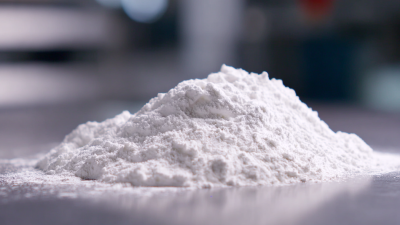
How to Effectively Utilize Hydroxy Propyl Methyl Cellulose in Your Manufacturing Process
-

Understanding the Functionality of Polycarboxylate Superplasticizer in Modern Construction
-
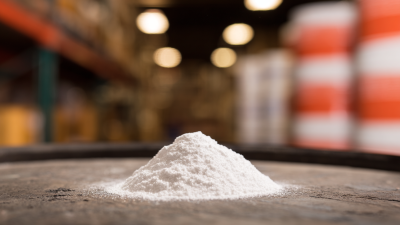
How to Maximize Performance with Redispersible Polymer Powders in Your Formulations
-

Global Sharing of Chinese Excellence in Best Rd Powder Applications for Reliable Quality
-
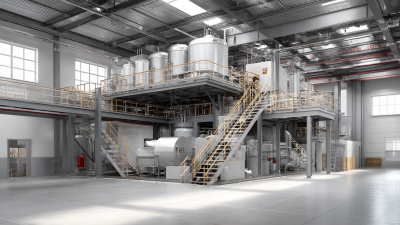
How to Choose the Right Cellulose Ether Factory for Your Business Needs
-

7 Essential Tips for Understanding Hydroxyethyl Cellulose Solubility in Water
Blog Tags:






